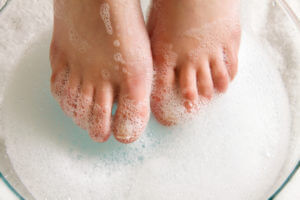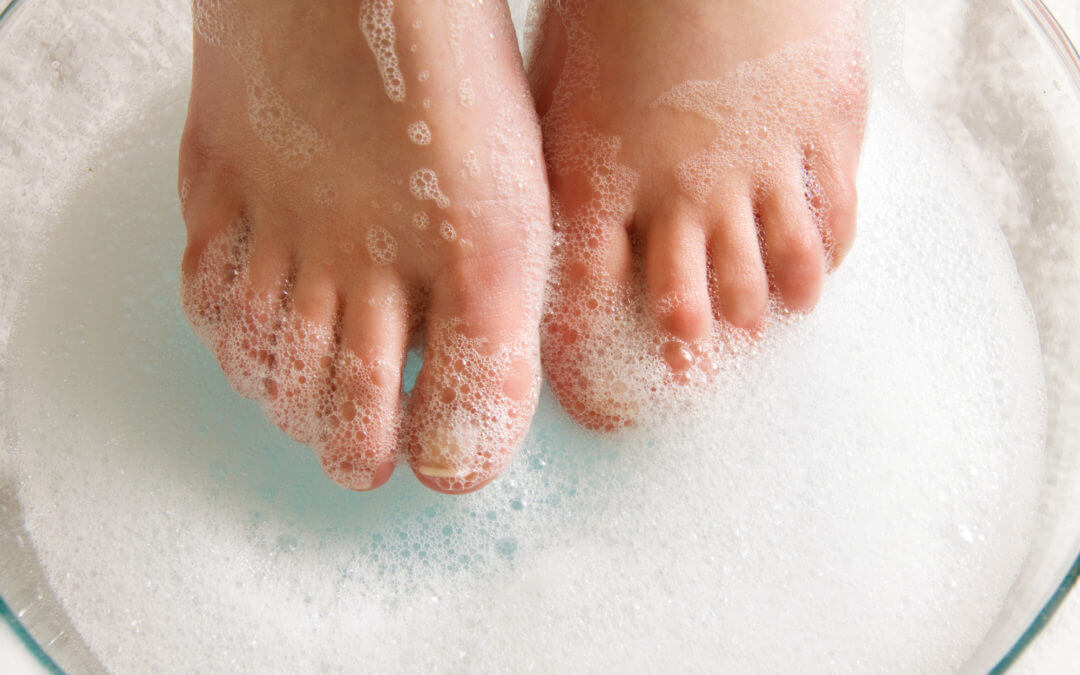The Importance of Foot Wound Care for Diabetics
For those who suffer from diabetes, foot ulcers are a vital concern. In fact, roughly 15% of diabetics develop foot ulcers. And 15% of those  with foot ulcers must have their feet amputated.
with foot ulcers must have their feet amputated.
Clearly, foot ulcers are a serious problem. All diabetics need to exercise proper foot wound care to prevent infections and other conditions.
Keep reading to learn all about foot ulcers and how to take care of your feet to prevent serious complications.
What Are Diabetic Foot Ulcers?
A diabetic foot ulcer is a blemish or abnormality that can lead to serious problems if it becomes infected. Typically, these ulcers are on the bottom of the foot, although they can exist anywhere on the foot. Diabetics must care for their feet and treat wounds such as foot ulcers to prevent infections and other complications.
What Are the Symptoms of Foot Ulcers?
Foot ulcers can be painful, but this is usually not the case. This is because many diabetics have already lost feeling in their feet. As such, many people first discover an ulcer after noticing drainage on their socks.
Some of the most common symptoms of diabetic foot problems are redness and swelling. A strong odor is often associated with advanced foot ulcer cases. Look for any cuts, blisters, sores, redness or inflammation. Call your podiatrist if any of these conditions exist.
How to Prevent Foot Wounds?
Proper wound care requires a daily examination of your feet. Inspect your entire foot and all your toes. Again, you’re looking for any abnormalities such as sores, bruises, redness or blisters.
Take caution to wash your feet every day with soap and warm water. It’s important to check the water temperature with your fingers before submerging your feet. Your diabetes may prevent you from feeling the heat with your feet and hot water could severely damage them.
Remember, infections can develop in moist areas so dry your feet completely, even hitting the spots between your toes. Moisturize your feet to keep them from getting too dry and brittle.
What Does Treatment Involve?
If you notice blemishes or abnormalities, contact your physician as soon as possible. The earlier you see a professional, the sooner the foot can heal and the less likely it is that you will develop an infection.
Treatment is often focused on preventing infection by relieving pressure in the area. This is referred to as “off-loading.” Another common treatment involves “debridement” which is removing the dead skin and tissue.
Your doctor may recommend medications or dressings to the ulcer. And, of course, blood glucose management goes a long way in your diabetic foot care.
Foot Wound Care: The Bottom Line
Foot ulcers are one of the most serious risks for diabetics. You must be vigilant and exercise proper foot wound care.
Inspect and wash your feet every day. Always be on the lookout for blemishes and abnormalities and call a professional if you see anything out of the ordinary.
If you’re concerned about foot wounds, we encourage you to schedule an appointment with one of our expert professionals. We have offices near you in Ellis and Navarro Counties.
The information provided in this article is not meant to be medical advice and is for educational purposes only. If you would like to learn more about topics related to podiatry, feel free to contact Family Foot & Ankle Centers by clicking here or calling 972-597-4132 to reach our Waxahachie office, 903-872-9910 to reach our Corsicana office, or 972-875-3668 to reach our Ennis office.



